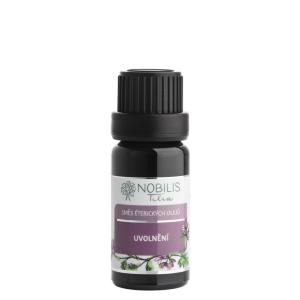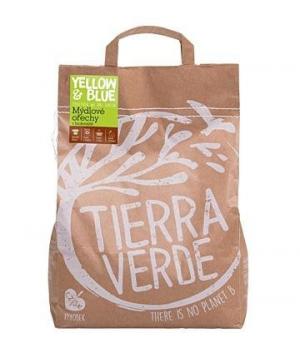Chitin
Other names: poly(β-[1,4]-N-acetyl-d-glucosamine), poly(N-acetyl-d-glucosamine)
Harm score: 1 (Natural substances)
Chitin is a biopolymer formed by the main component of the exoskeleton of arthropods such as crabs or insects. It is a close chemical relative of cellulose, which forms the cell wall of plants and molluscs. Chitin is also found in mushrooms and some fungal organisms. Its chemical name, poly(β-[1,4]-N-acetyl-d-glucosamine) or poly(N-acetyl-d-glucosamine), refers to its structure, which is made up of accumulated N-acetyl-glucosamine units. It differs from cellulose by a slight modification of its molecular structure. Chitin, incidentally, is the second most common biopolymer on Earth after cellulose.
Chitin is used in many industries and products. It is used in the food industry, where it serves as a food additive or as a thickener. Thanks to its antibacterial properties, it is also used in cosmetics, for example in detergents or creams. In medicine, chitin is used to make bandages, sutures and other medical products. In agriculture, it is used as a raw material for the production of biodegradable plastics and mulch films. Another area where chitin finds wide application is in the production of filter materials, as it is able to trap heavy metals and radioactive substances. Finally, the use of chitin in the production of biofuels is also being experimented with.
You won't find this substance in our products. Try the natural, chemical-free products in our range.

Marigold baby shampoo 200ml
Product detail
Release 10 ml
Product detail